-
-38%


Señal de piso de espacio libre del panel eléctrico
Precio habitual $36.95Precio habitual$60.00-38%Precio de oferta $36.95 -
-49%

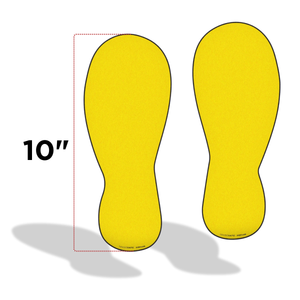
Letrero antideslizante para piso - Pegatinas amarillas con huellas para piso - 5 pares por paquete - 9" de largo
Precio habitual $25.55Precio habitual$50.00-49%Precio de oferta $25.55 -
Agotado


Señal de piso de gafas de seguridad requeridas
Precio habitual $36.95Precio habitual$60.00-38%Precio de oferta $36.95 -
-38%


Señal de piso bilingüe de tráfico de carretillas elevadoras de precaución
Precio habitual $36.95Precio habitual$60.00-38%Precio de oferta $36.95 -
-38%


Etiqueta engomada del piso de la señal de parada del piso
Precio habitual $36.95Precio habitual$60.00-38%Precio de oferta $36.95 -
-38%


Señal de piso de zapatos de seguridad requeridos
Precio habitual $36.95Precio habitual$60.00-38%Precio de oferta $36.95 -
-38%


Letrero antideslizante para piso – Letrero "Keep Area Clear" – 17” de diámetro
Precio habitual $36.95Precio habitual$60.00-38%Precio de oferta $36.95 -
Agotado
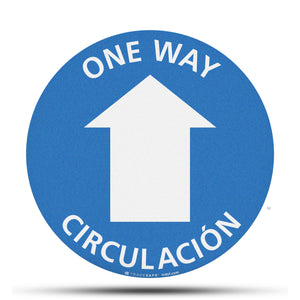

Señal antideslizante para piso – One Way/Circulación – One Way Sign – Circulación de Una Vía – Bilingüe (inglés/español)
Precio habitual $36.95Precio habitual$60.00-38%Precio de oferta $36.95 -
-38%


Letrero antideslizante para piso – Mantener el Área Libre – Keep Area Clear Sign en español
Precio habitual $36.95Precio habitual$60.00-38%Precio de oferta $36.95 -
Agotado
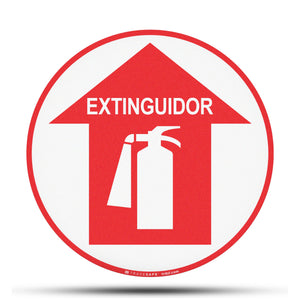
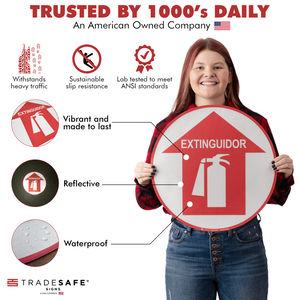
Letrero Antideslizante para Piso – Extinguidor – Letrero de Flecha de Extintor de Incendios en Español
Precio habitual $36.95Precio habitual$60.00-38%Precio de oferta $36.95 -
-38%


Señal de salida con piso de flecha hacia arriba Pegatina
Precio habitual $36.95Precio habitual$60.00-38%Precio de oferta $36.95 -
Agotado


Vinilo para suelo señal español alto
Precio habitual $36.95Precio habitual$60.00-38%Precio de oferta $36.95 -
-38%


Área de Uso De Cascos Signo de piso español
Precio habitual $36.95Precio habitual$60.00-38%Precio de oferta $36.95 -
-38%


Protección Auditiva Requerida Señal de piso en español
Precio habitual $36.95Precio habitual$60.00-38%Precio de oferta $36.95 -
-38%


Lentes De Seguridad Requeridos Signo De Piso Español
Precio habitual $36.95Precio habitual$60.00-38%Precio de oferta $36.95 -
Agotado

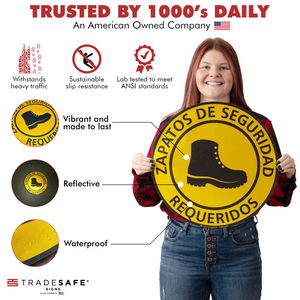
Zapatos De Seguridad Requeridos Signo De Piso Español
Precio habitual $36.95Precio habitual$60.00-38%Precio de oferta $36.95 -
-38%


Mire su señal de piso de paso
Precio habitual $36.95Precio habitual$60.00-38%Precio de oferta $36.95 -
-38%
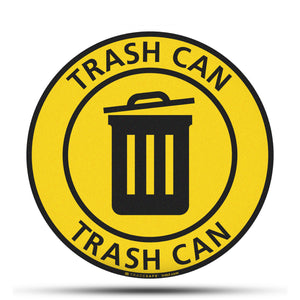
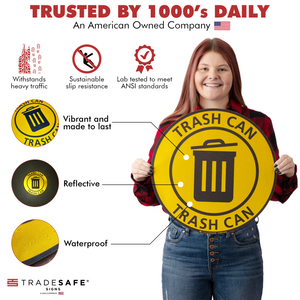
Letrero de piso para basurero
Precio habitual $36.95Precio habitual$60.00-38%Precio de oferta $36.95 -
-38%


Letrero antideslizante para piso – Stop – Letrero solo para empleados
Precio habitual $36.95Precio habitual$60.00-38%Precio de oferta $36.95 -
-38%


Letrero antideslizante para piso - Letrero resbaladizo cuando está mojado
Precio habitual $36.95Precio habitual$60.00-38%Precio de oferta $36.95 -
-38%


Señal de piso La seguridad comienza aquí
Precio habitual $36.95Precio habitual$60.00-38%Precio de oferta $36.95 -
-38%


Señal de piso de protección auditiva requerida
Precio habitual $36.95Precio habitual$60.00-38%Precio de oferta $36.95 -
-38%


Letrero de piso para el área del casco
Precio habitual $36.95Precio habitual$60.00-38%Precio de oferta $36.95 -
-38%


Señal de piso de la estación de lavado de ojos
Precio habitual $36.95Precio habitual$60.00-38%Precio de oferta $36.95 -
-38%


Señal de salida con piso de flecha hacia arriba Pegatina
Precio habitual $36.95Precio habitual$60.00-38%Precio de oferta $36.95 -
-38%

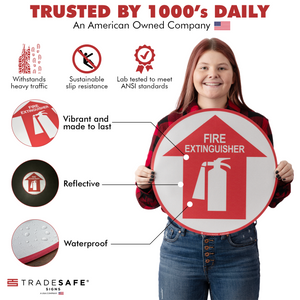
Letrero de piso antideslizante - Letrero de flecha de extintor de incendios
Precio habitual $36.95Precio habitual$60.00-38%Precio de oferta $36.95 -
-38%


Calcomanía de piso con letrero de flecha roja
Precio habitual $36.95Precio habitual$60.00-38%Precio de oferta $36.95 -
-38%
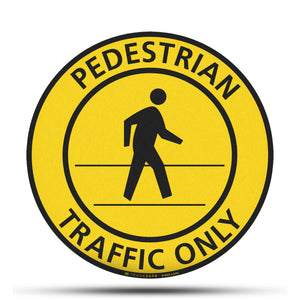

Señal de piso de tráfico peatonal solamente
Precio habitual $36.95Precio habitual$60.00-38%Precio de oferta $36.95 -
-38%


Señal de suelo antideslizante – Señal Stop Wait Here
Precio habitual $36.95Precio habitual$60.00-38%Precio de oferta $36.95 -
-38%


Señal de suelo antideslizante: señal de prohibido el paso de carretillas elevadoras en esta zona
Precio habitual $36.95Precio habitual$60.00-38%Precio de oferta $36.95 -
-38%
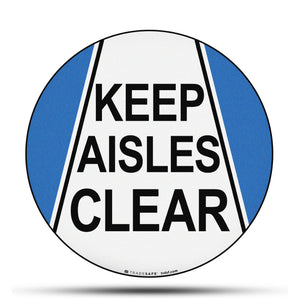

Letrero antideslizante para piso – Letrero para mantener los pasillos despejados
Precio habitual $36.95Precio habitual$60.00-38%Precio de oferta $36.95 -
-38%


Señal de piso antideslizante - Señal de área de estacionamiento de montacargas
Precio habitual $36.95Precio habitual$60.00-38%Precio de oferta $36.95
Prevenga lesiones y accidentes con los letreros para el piso del lugar de trabajo de TRADESAFE. Estos son letreros de piso versátiles y de primera calidad que pueden servirle bien independientemente del tipo de instalación que tenga. Desde señales de peligro hasta señales de precaución y señales direccionales, tenemos las señales de piso que necesita para mantener un lugar de trabajo ordenado.
Los letreros de seguridad en el piso son una excelente manera de comunicar peligros e instrucciones para garantizar que los trabajadores se mantengan seguros. Las señales de seguridad en el piso también ayudan a reducir los accidentes porque comunican visualmente obstáculos específicos que pueden estar más adelante o presentes en ciertas áreas. Con sus colores altamente visibles y su impresión clara y nítida, estos letreros pueden ayudar a prevenir accidentes y lesiones.
Puede colocar letreros en el piso en cualquier área donde haya peligros específicos que deban resaltarse para sus empleados, clientes o visitantes. También se pueden usar en áreas donde los peligros pueden no ser evidentes de inmediato.
































































